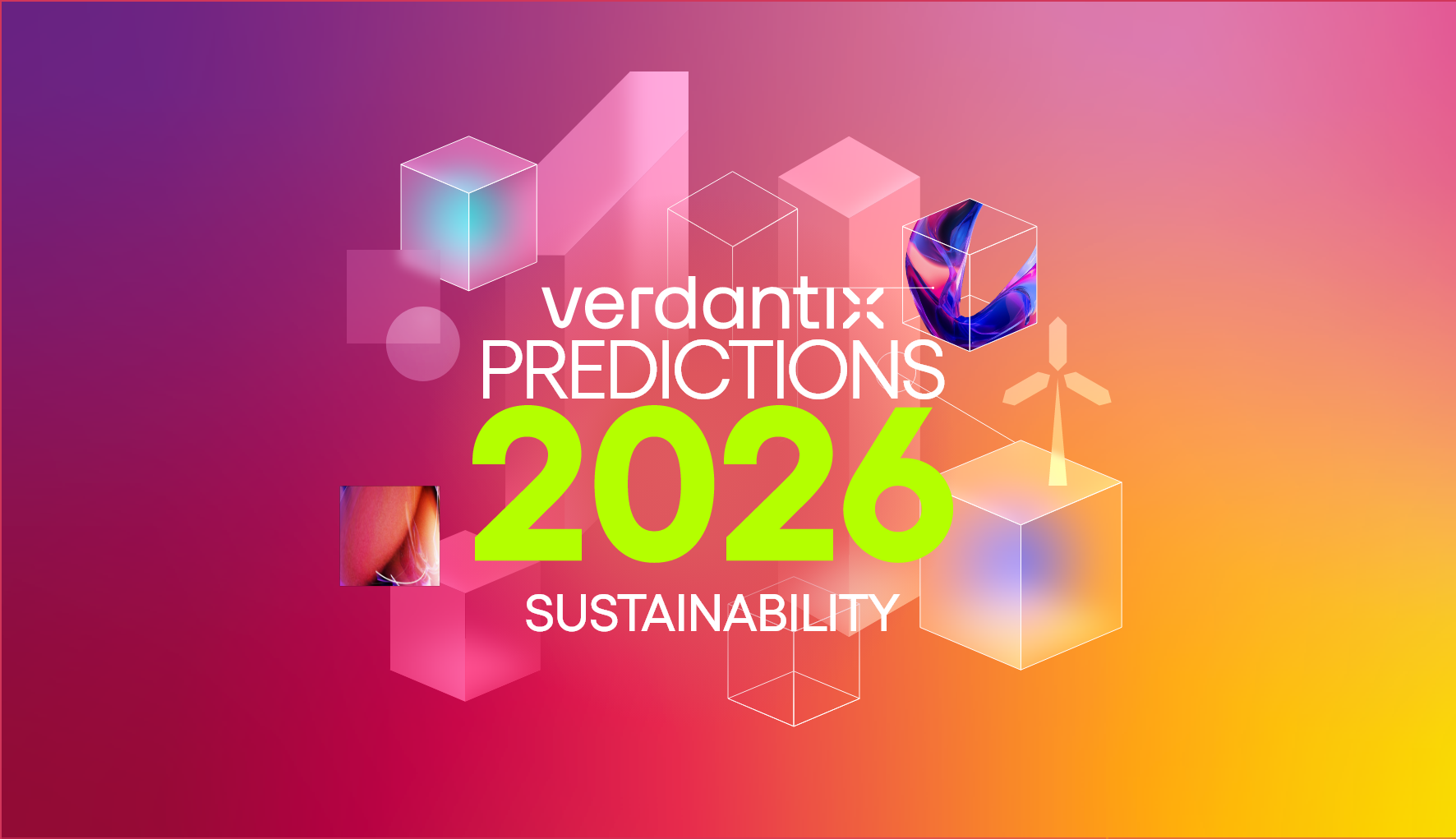Best Practices: Climate Scenarios For Risk Management

Emma Cutler
22 Nov, 2024
Access this research
Access all Sustainability & Climate Risks content with a strategic subscription or buy this single report
Need help or have a question about this report? Contact us for assistance
Executive Summary
Climate scenarios help firms assess risk and improve resilience to climate change. They are particularly valuable for managing the uncertainty surrounding the specifics of future climate change and its impacts. However, the scenarios that firms most commonly use are not perfect. To better support business needs, organizations should consider a variety of models and data sources. Scenarios should incorporate multiple sources of uncertainty – such as emissions pathways, socioeconomic conditions, climate system response, feedbacks and tipping points, and interannual variability – at local and global scales over the short, medium and long term.
Summary for decision-makers
Climate scenarios are a key piece of risk management
Use and misuse of climate scenarios for risk management
Scientific perspective: the good, the bad and the ugly of current approaches
Business perspective: available climate scenarios do not address all needs
Alternative approaches to climate scenarios add value
Scenarios should support business needs
Five recommendations for using climate scenarios in risk management
Climate scenarios are a key piece of risk management
Use and misuse of climate scenarios for risk management
Scientific perspective: the good, the bad and the ugly of current approaches
Business perspective: available climate scenarios do not address all needs
Alternative approaches to climate scenarios add value
Scenarios should support business needs
Five recommendations for using climate scenarios in risk management
Figure 1. Strengths and weaknesses of stochastic and deterministic models
Figure 2. Examples of alternative climate scenarios
Figure 3. Questions to consider when evaluating and selecting climate scenarios
Figure 2. Examples of alternative climate scenarios
Figure 3. Questions to consider when evaluating and selecting climate scenarios
CLIMsystems, Commonwealth Scientific and Industrial Research Organisation (CSIRO), Copperleaf, CoreLogic, European Central Bank (ECB), Fathom, Intergovernmental Panel on Climate Change (IPCC), Moody’s, Netherlands Delta Commission, Network for Greening the Financial System (NGFS), Risilience, Southern California Edison (SCE), The Climate Risk Group, UK Government, UN Environment Programme Finance Initiative, University of Exeter, US Bureau of Reclamation, US Department of Defense, USS (Universities Superannuation Scheme)
About the Authors

Emma Cutler
Principal Analyst
Emma is a Principal Analyst at Verdantix, with a current research agenda focusing on solutions for climate risk management. She has a background in simulation and statistical ...

Katelyn Johnson
Senior Manager
Katelyn is a Senior Manager at Verdantix, specializing in enterprise risk management and external risk and resilience. She helps executives navigate today’s evolving ris...
View Profile









